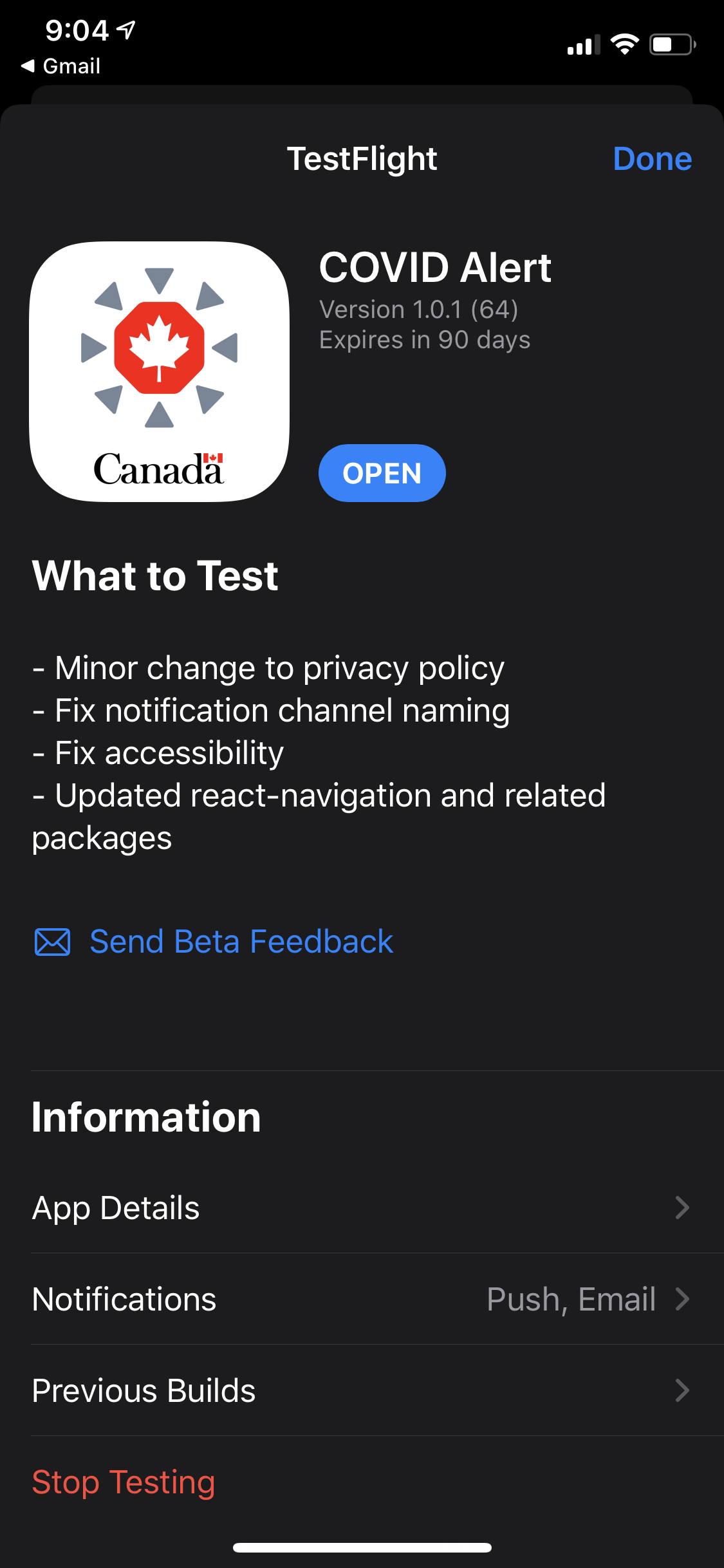
In our hyper-connected world, the humble text message has remained a surprisingly archaic piece of technology. For decades, we were stuck with SMS (Short Message Service), a protocol that hardly changed since the 1990s. It’s the reason why, until recently, sending a high-resolution video to a friend on a different mobile operating system resulted in a pixelated mess, and why you couldn’t get read receipts or typing indicators in those same chats.
This is where Rich Communication Services (RCS) comes in. Think of RCS as the next-generation upgrade to SMS. It brings all the modern features you’ve come to expect from dedicated messaging apps like WhatsApp or Facebook Messenger and integrates them directly into your phone’s native texting app. This includes:
- High-Quality Media: Send and receive high-resolution photos and videos without them being compressed into oblivion.
- Read Receipts and Typing Indicators: Know when your message has been delivered and read, and see when someone is actively typing a reply.
- Enhanced Group Chats: More reliable group messaging with the ability to name groups, and add or remove people.
- Messaging over Wi-Fi: Send and receive texts even when you have a poor cellular connection, as long as you’re connected to Wi-Fi.
For years, the green bubble/blue bubble divide between Android and iOS users has been a source of frustration, largely due to Apple’s previous reluctance to adopt the RCS standard, and partly due to the more fractured Android ecosystem where phone makers and cell providers didn’t always provide the technology to support RCS. This created a two-tiered messaging system where cross-platform communication was relegated to the lowest common denominator: SMS and its slightly more capable sibling, MMS. Thankfully, with the release of iOS 18 in the fall of 2024, Apple has finally embraced RCS, meaning the era of crippled cross-platform texting can be put behind you, as long as you either have iOS 18 or newer on your phone, or use an Android messaging app that supports RCS.
Enabling RCS (or making sure it’s on) is a simple step that significantly improves your daily messaging experience, making it more reliable, secure, and feature-rich. It’s a small change that helps to break down the artificial walls between mobile ecosystems, creating a more seamless communication experience for everyone.
Taking a moment to ensure RCS is activated is one of the easiest and most impactful tech upgrades you can make right now. It’s a move toward a more unified and functional messaging future, and it only takes a few taps.
To get started, follow the simple instructions for your device:
- For Android users: Google provides a straightforward guide here.
- For iPhone users (requires iOS 18 or later): Apple outlines the steps here.






















